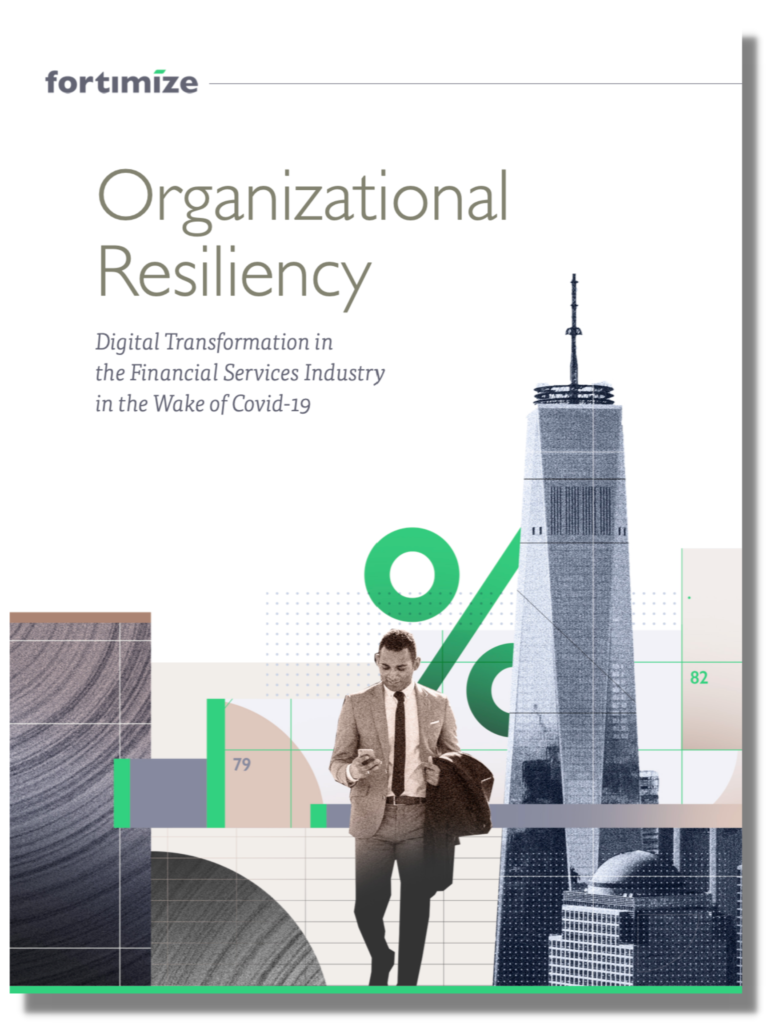Integrating Salesforce with Real Estate ERPs
This month we brought panelists together for our first Real Estate Fortimize Focus Webinar. Joining our VP of Industries, Dan Vonsover, were: Tom Parisi, Sr. Enterprise Consultant at nCino and former CTO of Stonehenge; John Dell’Omo, SVP of Application Development at American Campus Communities, Rukus Esi, CIO and CTO of AvalonBay Communities, and Ken Fisher, VP and CTO of Kimco Realty Corporation.
Many Real Estate firms are navigating the unavoidable shift from manual ways of operating and a narrow focus on assets to an all digital, customer-first world. This month, we brought together panelists who have demonstrated success in their digital transformation efforts, to share their experiences integrating legacy Real Estate ERPs with Salesforce.
Legacy ERPs, such as Yardi, MRI, RealPage and JD Edwards, are good at what they are built to do- accounting, reporting, and other back office activities- but are limited in their functionality and flexibility. It’s tempting to double down on investing in these systems with the hope of improving your operations. Instead, integrating them with a more robust, innovative, customer-facing platform like Salesforce can give your firm a competitive edge.
Our panelists shared insights on creating an integration plan that is thoughtful and will help achieve your company’s peak operational performance. Keep reading for the top insights from our Salesforce & the Real Estate ERP Relationship webinar.
Consult the Business
John and Ken both shared how incorporating feedback from the business users is essential when designing and implementing an integration solution. The specific data and the cadence of data flow can only come from the users with boots on the ground. Involving key business stakeholders early and often, will not only eliminate the need of future re-work, but will give the users a sense of ownership and excitement over the platform.
Make the Technology Overly User-Friendly
Parisi said his business had a goal to become more customer friendly. They knew that their legacy system was great at doing specific things like financial reporting, but they made the decision to do everything operational and customer-facing on Salesforce. The user-friendliness and scalability was key in making that decision.
Do Not Overlook Change-Management
How do we generate excitement to use a new system? Is there executive sponsorship for new technology initiatives? You can build the most sleek, robust system money can buy, but if the users do not fully adopt it, you won’t maximize your technology investment. Understanding your firm’s “organizational readiness” – which includes executive buy-in and promotion, technical governance, documentation and thoughtful training – can often be overlooked but is essential in a successful technology roll-out.
Solve for All Customers
It’s all about the “customer”, and by customer, we mean both your external customers- renters, investors, and your internal customers- and your employees. Esi noted that his team wanted to not just solve problems for renters, but they also wanted to make things more simple for their internal ops team. It’s important to solve for both external customers- prospects and residents- and internal customers- your team.
Start With a Simple Project
Everybody has a core technology system, and Tom Parisi’s advice was, “Know what it can do and what it can’t.” Then, figure out one small thing that can be done easier. Start with one of those projects, Dell’Omo agreed, and as your business experiences the difference, they will see the value and want to invest more. As the value is proved, your teams will start asking how to do other things with the new technology.
Test Vigorously Before Launching
It may seem to go without saying, but our panelists agreed it was an important reminder. Always test your integrations in your test environment before launching. Testing ensures your launch will work, but it also allows the internal customers to try things out and have a voice about any changes or challenges they encounter. Fisher shared that at Kimco, allowing internal end users to test out the new technology encouraged better adoption overall. Your employees want to be heard, and a test environment allows for that. Parisi also noted that getting people involved early in their development was key.
Find the Right Partner
Our panelists all agreed that finding the right integration partner was important. Parisi noted that executive leadership & sponsorship are critical, partners who are intelligent, know the product, and know what your business wants and needs are crucial to success. Dell’Omo also told the attendees to find both internal and external partners you have a great relationship with, and who care about advancing the business.
Fortimize – Partners Who Help You Get Started the Right Way
Fortimize knows what it’s like to be in your role in the rapidly changing real estate industry because we’ve been there. That’s why we’re passionate about bringing the community of real estate leaders together in events like our Fortimize Focus webinar. We understand how important it is to gain practical knowledge about your everyday business challenges. If you’d like to learn more about how Fortimize can help your firm, contact us today.
To view the entire Webinar, please go here.
